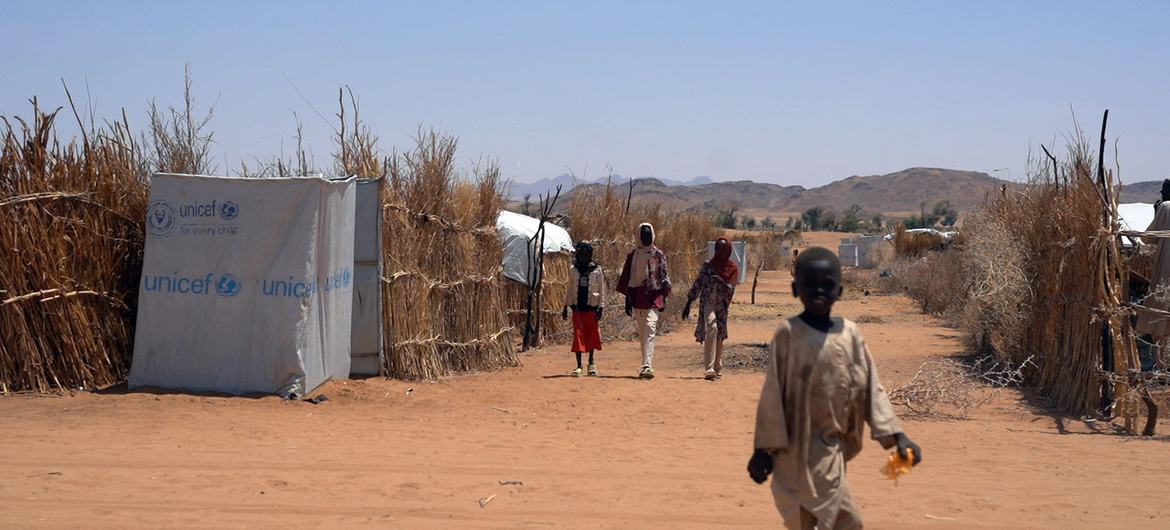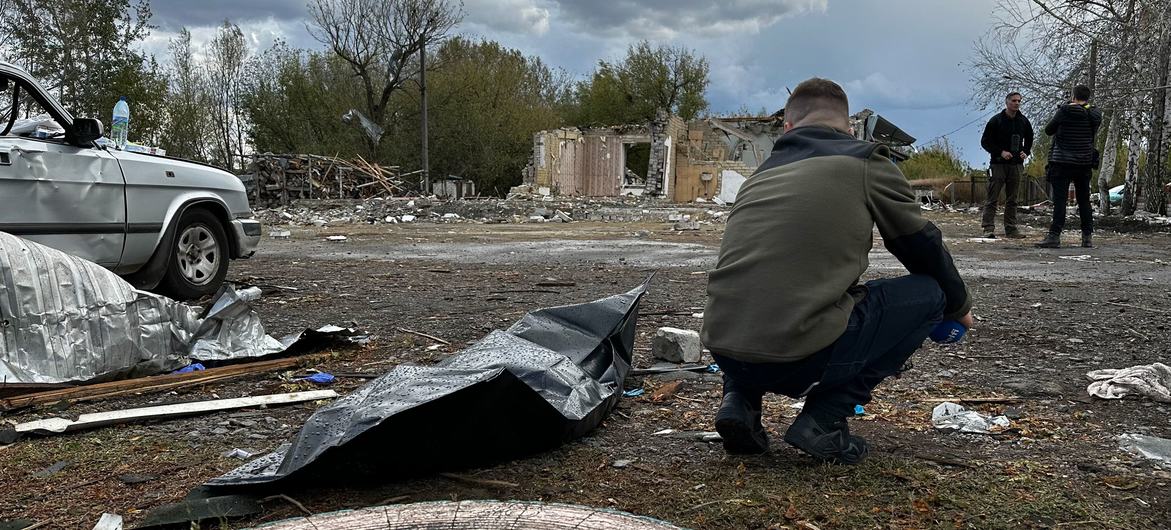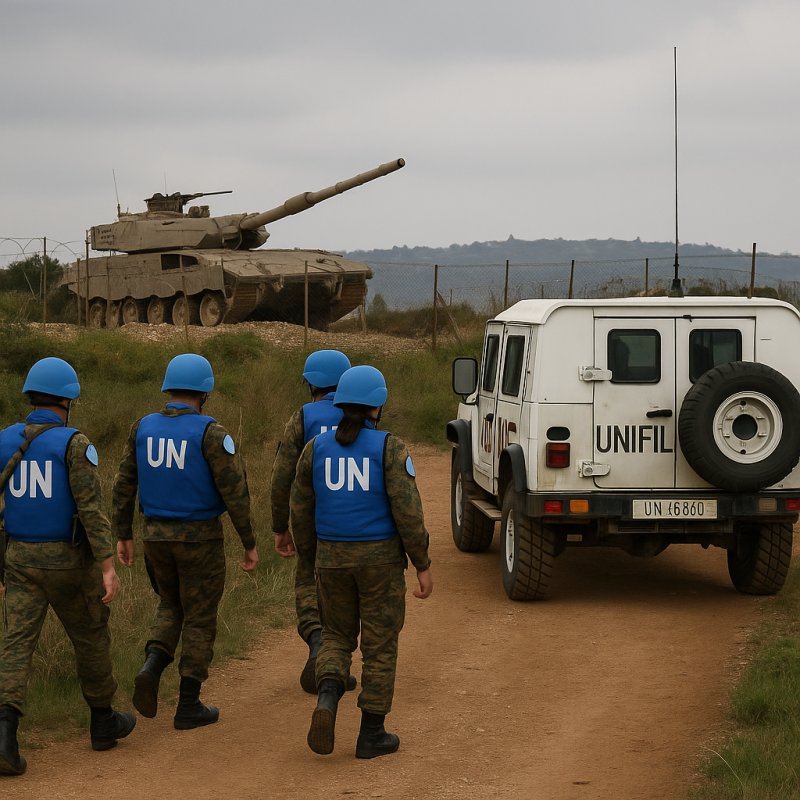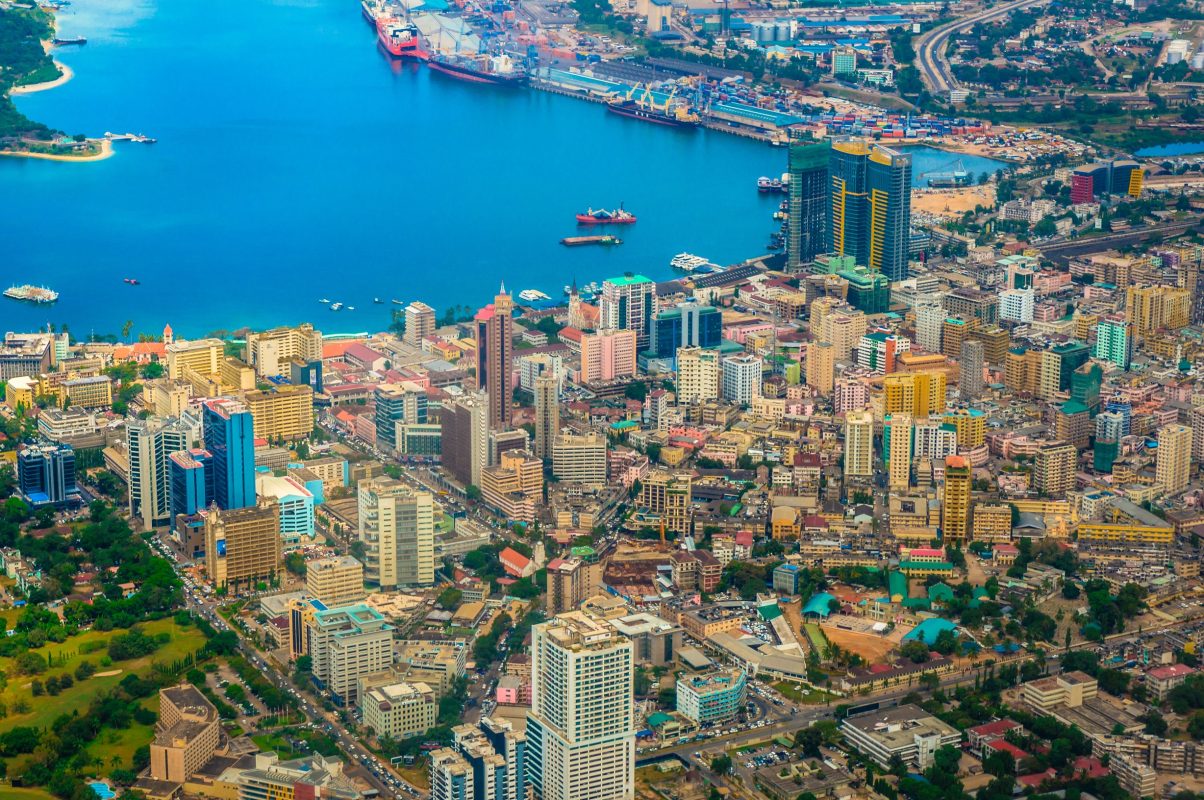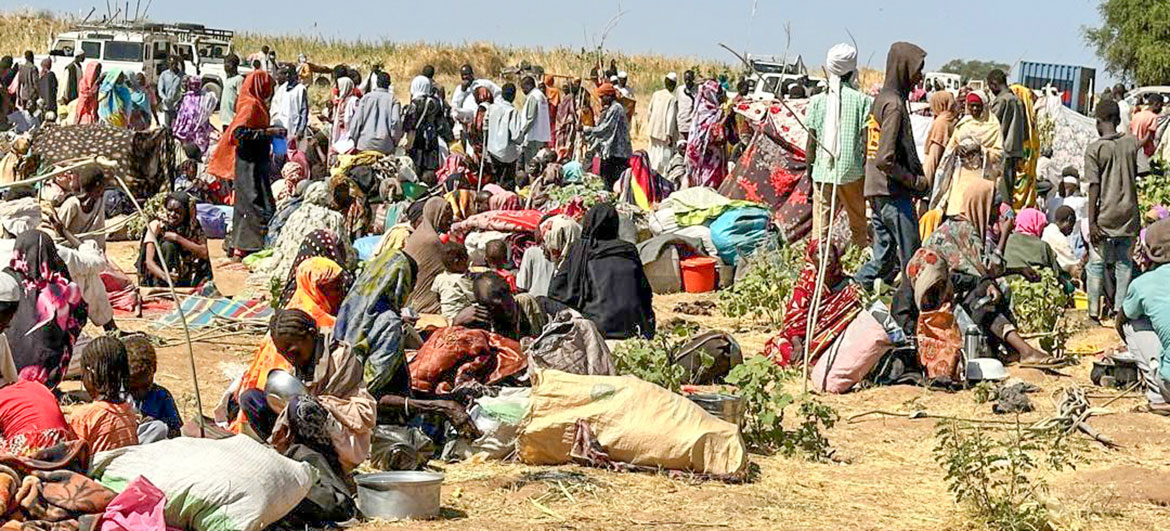Global economy slows sharply in 2025 – UNCTAD
Global economic growth is expected to drop to 2.6% in 2025, down from 2.9% in 2024, according to a new analysis by the UN Conference on Trade and Development (UNCTAD).
The report warns that financial market volatility and geopolitical tensions are increasingly shaping global trade, placing developing economies under heavy strain.
UNCTAD Secretary-General Rebeca Grynspan stressed that trade today is driven not only by supply chains but also by credit systems, currency markets, and capital flows.
Key pressures highlighted in the report:
- Developing countries face high borrowing costs, unstable financial conditions, and climate-related economic risks.
- States exposed to repeated climate shocks now pay an extra $20 billion annually in interest, due to increased risk perception.
- The US dollar’s dominance is intensifying: its use in SWIFT transactions rose from 39% to about 50% in five years.
- While this can provide stability during global shocks, it also deepens developing countries’ vulnerability to US financial cycles.
Modern slavery reaches 50 million people worldwide
At the International Day for the Abolition of Slavery (2 December), UN Secretary-General António Guterres warned that slavery remains a global emergency, not a historical footnote.
Today:
- 50 million people are trapped in modern forms of slavery
- Forced labour generates $236 billion in global profits—effectively stolen wages
- Women and children remain disproportionately affected
Modern slavery includes human trafficking, sexual exploitation, forced marriage, child labour, and the recruitment of children in armed conflict.
Regional estimates:
- Asia & Pacific: 15.1 million
- Europe & Central Asia: 4.1 million
- Africa: 3.8 million
- Americas: 3.6 million
- Arab States: 0.9 million
Guterres urged governments to intensify efforts to dismantle trafficking networks and protect vulnerable communities facing poverty, discrimination, conflict, or climate-driven displacement.
80% of agricultural jobs in Latin America remain informal – ILO & FAO
A new joint report by the International Labour Organization (ILO) and the UN Food and Agriculture Organization (FAO) reveals that over 80% of agricultural employment in Latin America continues to be informal, leaving workers without legal protection or social security.
Key findings:
- 86.4% of women in agriculture work informally (vs. 78% of men)
- The sector accounts for 46% of all child labour in the region
- More than half of agricultural workers have low levels of education
Despite limited progress since 2019, informal employment remains widespread, especially among women, youth, and older rural workers.
ILO and FAO are urging the development of integrated policies that transform agriculture into a sector capable of delivering decent work, food security, and sustainable development.


 العربية
العربية

